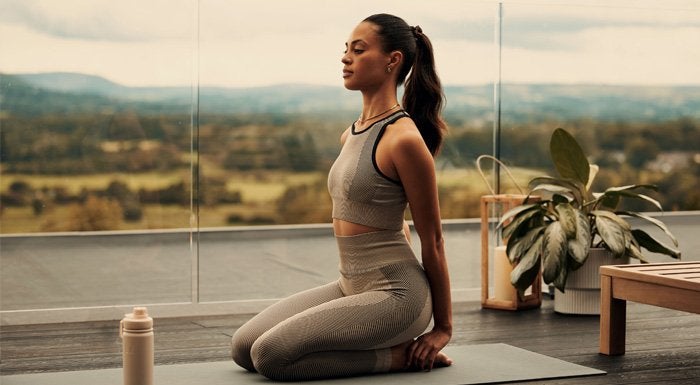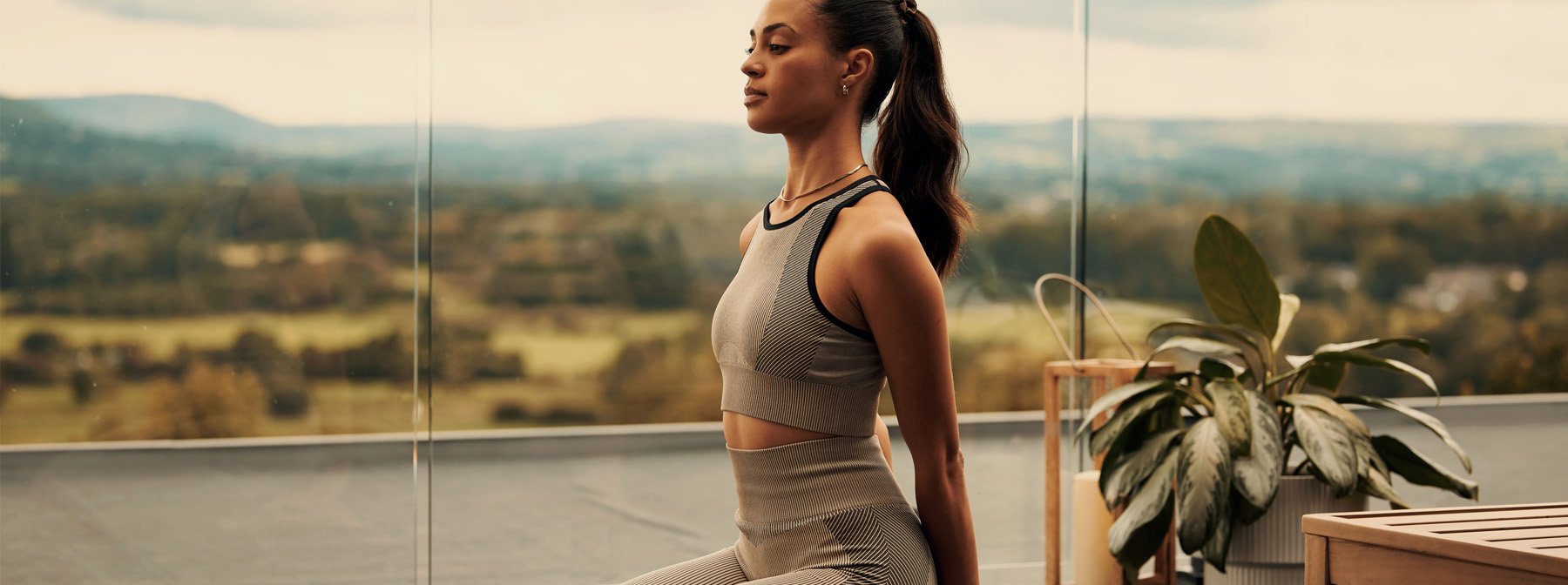
When life gets hectic self-care and wellness routines regularly get sacrificed first, but that doesn’t need to be the case with the right tools and some gentle organisation.
Thankfully there are now plenty of apps and tools at your disposal to help you decompress in a way that suits you.
We've teamed up with The Mindfulness App. It’s a tool that helps guide you towards better sleep and reduced stress through meditation.
If you’re relatively new to the world of wellness, you might not have crossed paths with meditation before. In short, it’s a mental practice that involves clearing your mind through utilising various mental and physical techniques.
Through meditating, people feel as though they can give the present moment their full attention, otherwise known as mindfulness.
Jump to:- The Mindfulness App
- What is time blocking
- The benefits of time blocking
- How to get started with time blocking

The Mindfulness App
The Mindfulness App makes meditation accessible with easy-to-follow techniques that promote mindfulness.
Sessions are hosted by expert teachers, including doctors, in the field of meditation and mindfulness. Plus, with more than 450 meditations, there’s something for everyone.
But how can you find the time in an already busy routine? That’s where time blocking comes in. Martin Wikfalk, founder of The Mindfulness App, breaks it down.
What is time blocking?
Time blocking is a productivity technique that involves dividing your day into distinct blocks of time, each dedicated to a specific task or activity.
This method helps you manage your schedule more effectively by assigning clear time frames for work, personal activities, and self-care.
By allocating specific periods for focused work, meetings, breaks, and leisure, time blocking reduces distractions, improves concentration, and ensures a balanced approach to managing both professional and personal responsibilities.

The benefits of time blocking
Incorporating time blocking into your routine can really make a difference. It doesn’t just help you get more done, it also makes sure you’re staying active and giving your brain the exercise it needs.
Plus, by carving out time for self-care, you can be on your way to leading a more balanced and fulfilling life.
Improved focus and productivity
Time blocking helps eliminate distractions and improves focus, as you’re dedicating undivided attention to one task at a time.
This structured approach can significantly boost productivity and reduce the stress associated with multitasking.
Reduced stress
By planning your day in advance and allocating time for both work and relaxation, time blocking can reduce the anxiety of an overwhelming to-do list.
Knowing that you have set times for each activity helps manage your workload and ensures that you don't neglect essential self-care activities.
Better work-life balance
Time blocking helps create a clear boundary between work and personal time. By scheduling blocks for hobbies and relaxation, you ensure that you are not constantly in "work mode."
This balance is crucial for mental wellbeing, as it allows you to recharge and enjoy life outside of work, improving both physical and mental health. And ensure you get time for both physical activity and brain exercises, along with dedicating time to self-care.

How to get started with time blocking
Set clear goals
Determine what aspects of your health you want to prioritise and what your goals are. For example, you might aim to get eight hours of sleep per night, exercise for 30 minutes daily, or meditate for 10 minutes each morning. By laying out these goals, you can block your time accordingly.
Create a routine
Start with a simple routine. For time blocking, divide your day into blocks dedicated to specific tasks.
For instance, block out 9am to 11am for focused work, 11am to 12pm for meetings, and 12pm to 1pm for lunch and relaxation.
Review and adjust
Regularly review your tracking data and time blocks to see what’s working and what isn’t. Adjust your plans as needed. If you notice that you’re not meeting your health goals, consider what changes you can make to your routine.
Similarly, if your time blocks aren’t aligning with your productivity needs, tweak them to better suit your workflow.
Prioritise self-care
Ensure that your time blocks include activities that promote mental wellbeing, such as exercise, meditation, reading, or spending time with loved ones. These activities are essential for maintaining a healthy balance and preventing burnout.

Take home message
By integrating time blocking into your daily routine, you can create a structured yet flexible approach to managing your mental wellbeing.
Once you’ve carved out your ideal time for meditation, download The Mindfulness App to utilise their mindfulness tools.
Enjoy this article?
FIND MORE HERE:

Staying Hydrated During Hot Summer Days
Keep your water bottle on hand...

Master Habit Stacking With 5 Simple Steps
A proven method for improving your daily routine.

Martin Wikflak is a prominent figure in the world of mindfulness and the visionary founder of The Mindfulness App.
As an experienced mindfulness teacher and the driving force behind The Mindfulness App, Martin has dedicated himself to making mindfulness accessible to all.
Recognizing the common challenge of maintaining consistent meditation practices, Martin started a mission to provide a solution. Inspired by the need for reliable reminders, he developed an innovative app with tools right at the users’ fingertips.
The Mindfulness App offers a diverse range of guided meditations led by renowned teachers, customizable reminder settings, and covers a variety of topics. With Martin’s creation, integrating mindfulness into daily life becomes effortless, empowering users to practice mindfulness tailored to their unique schedules and needs.








